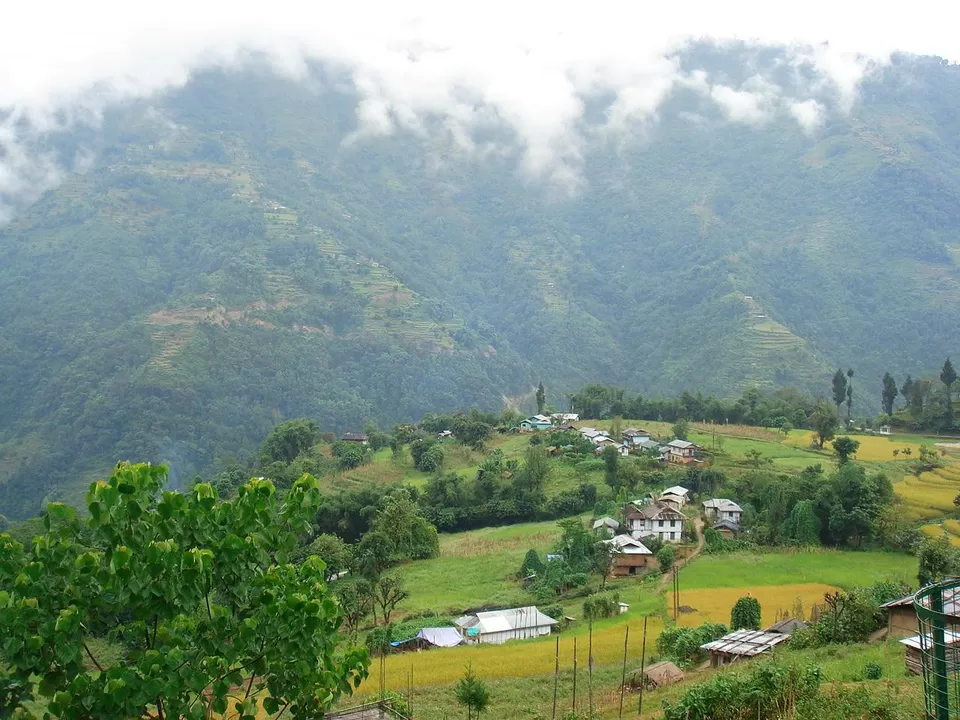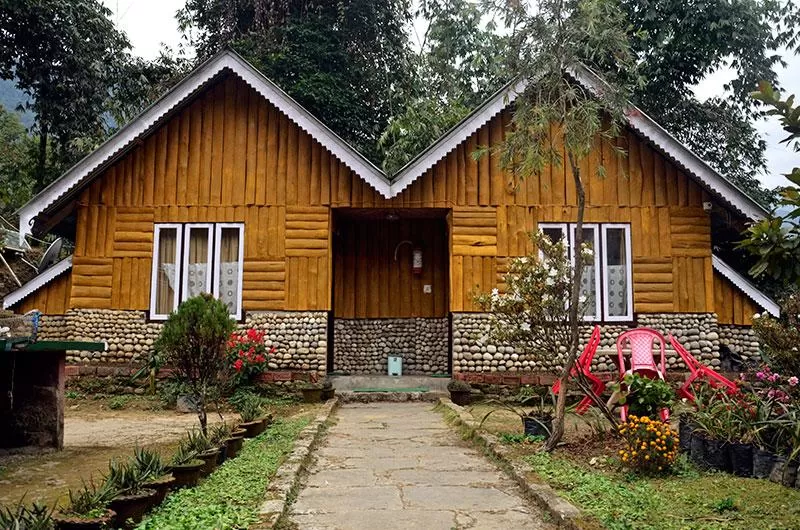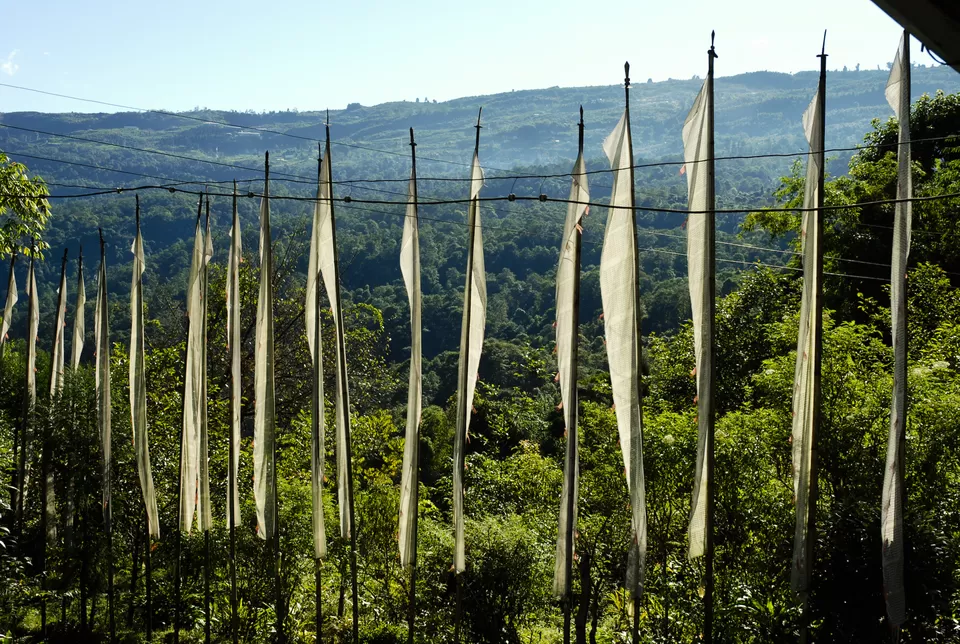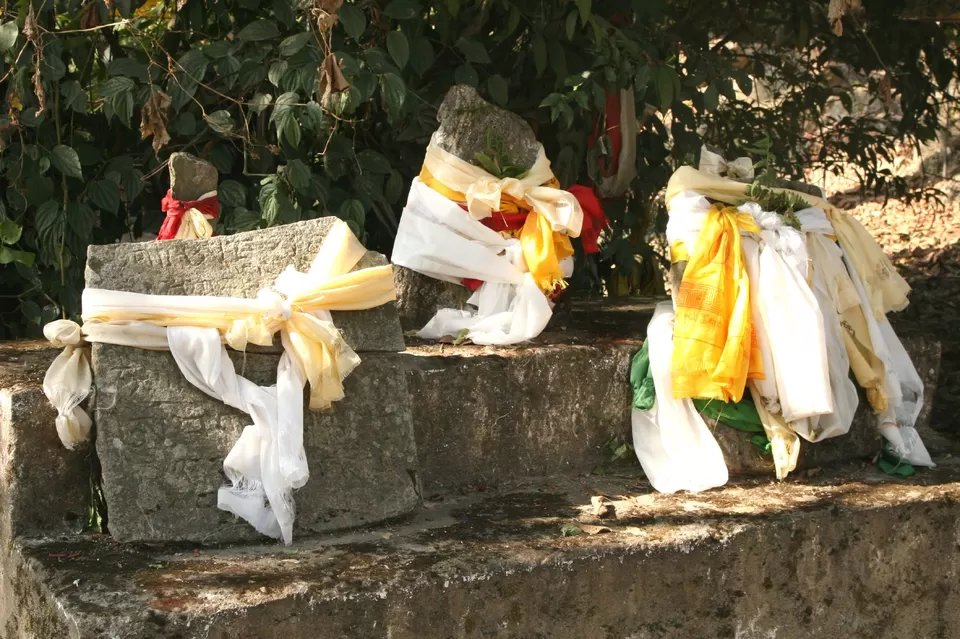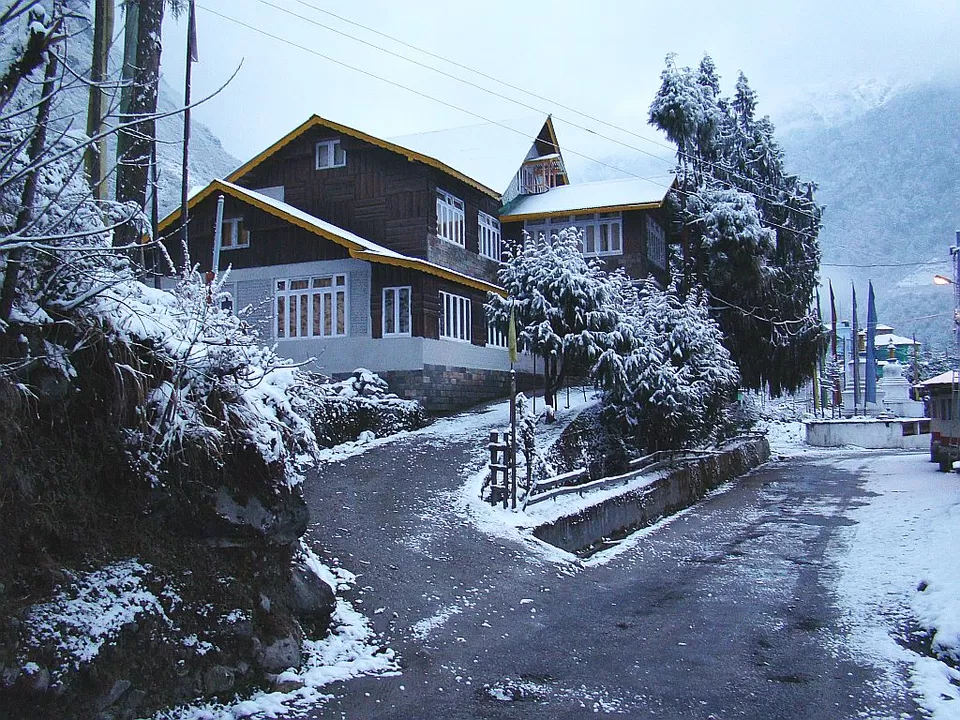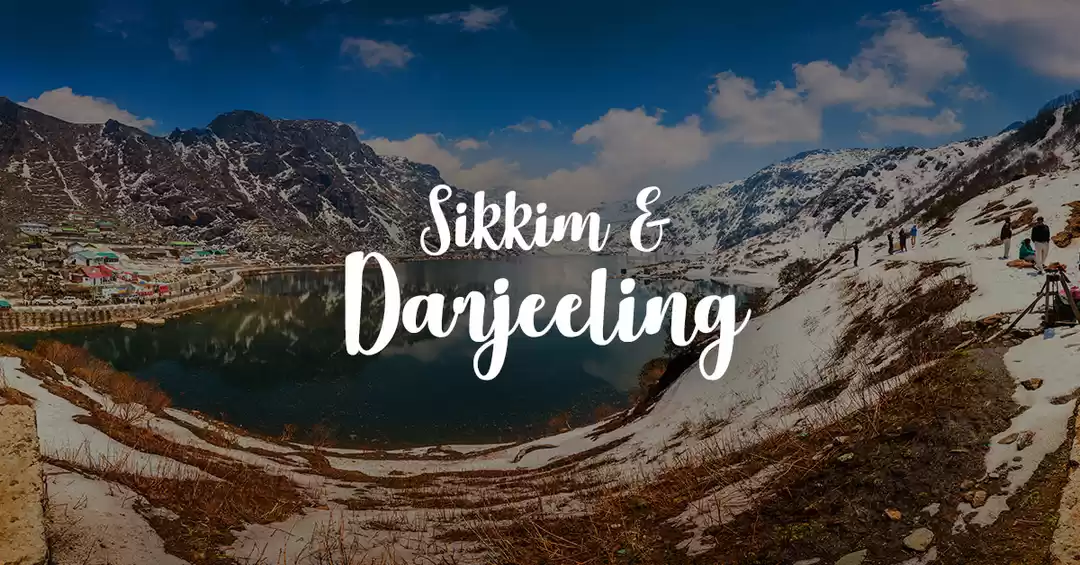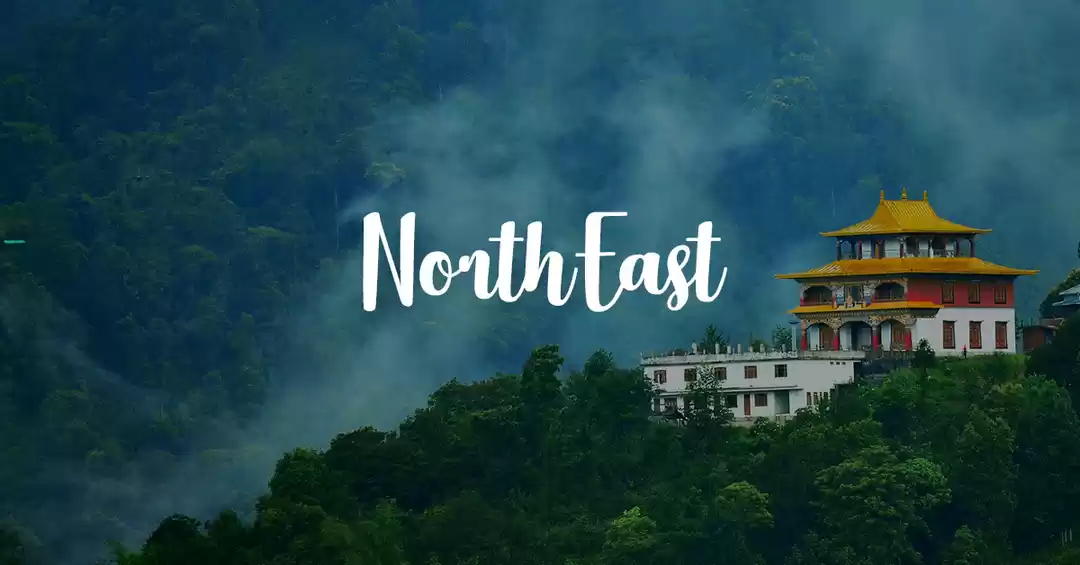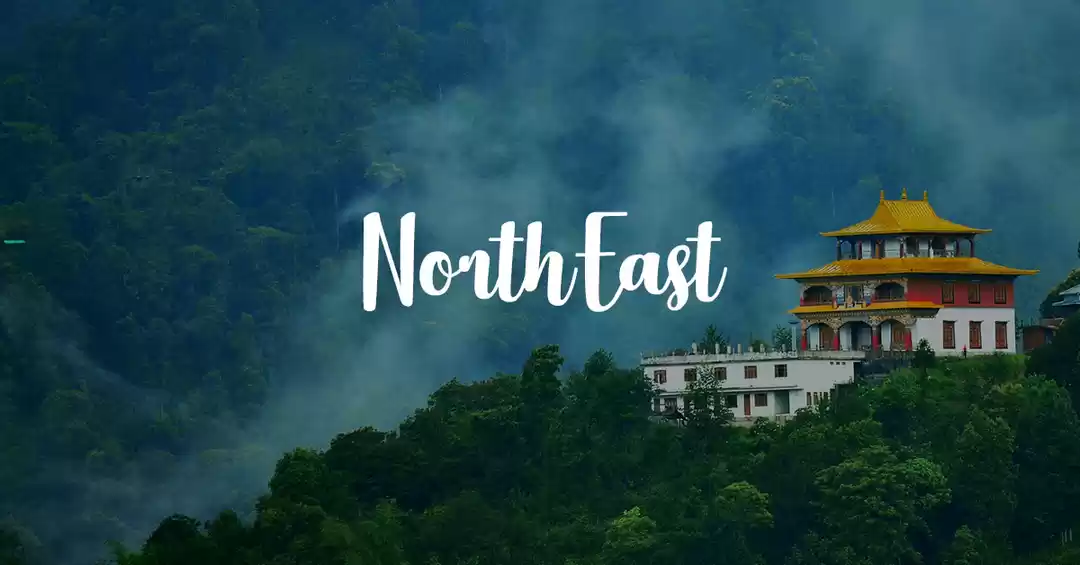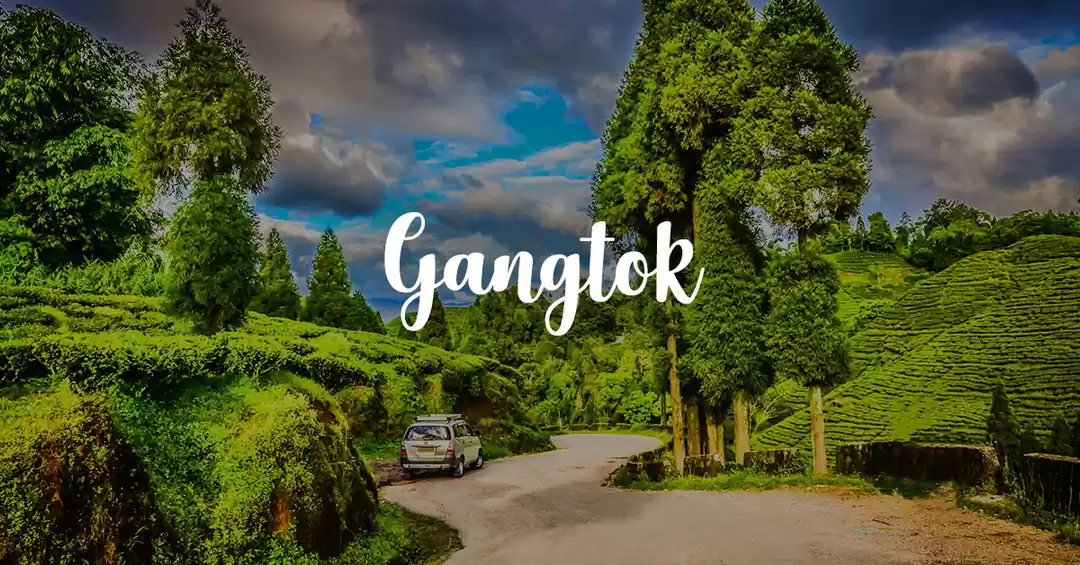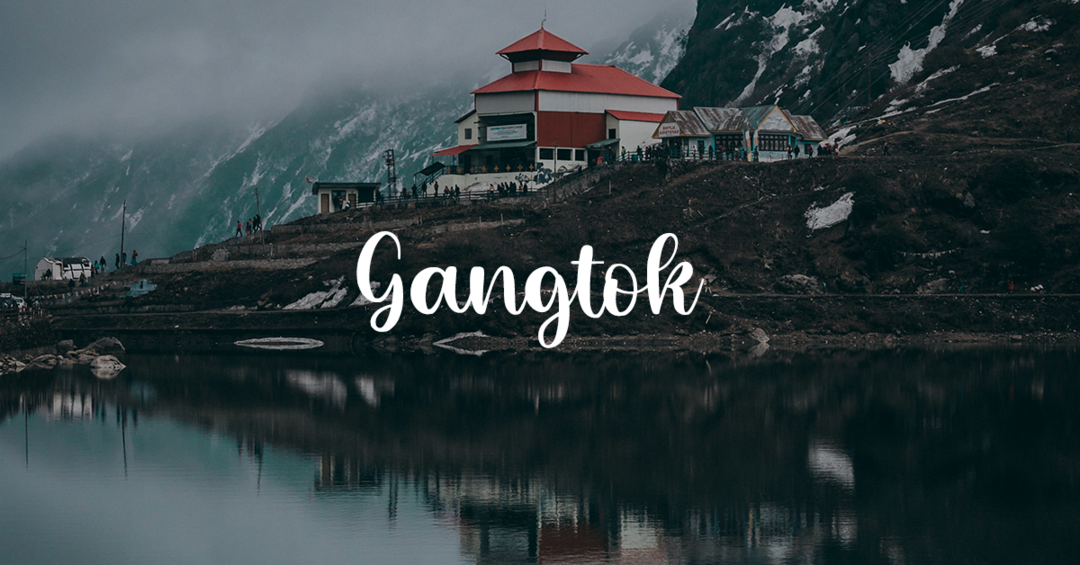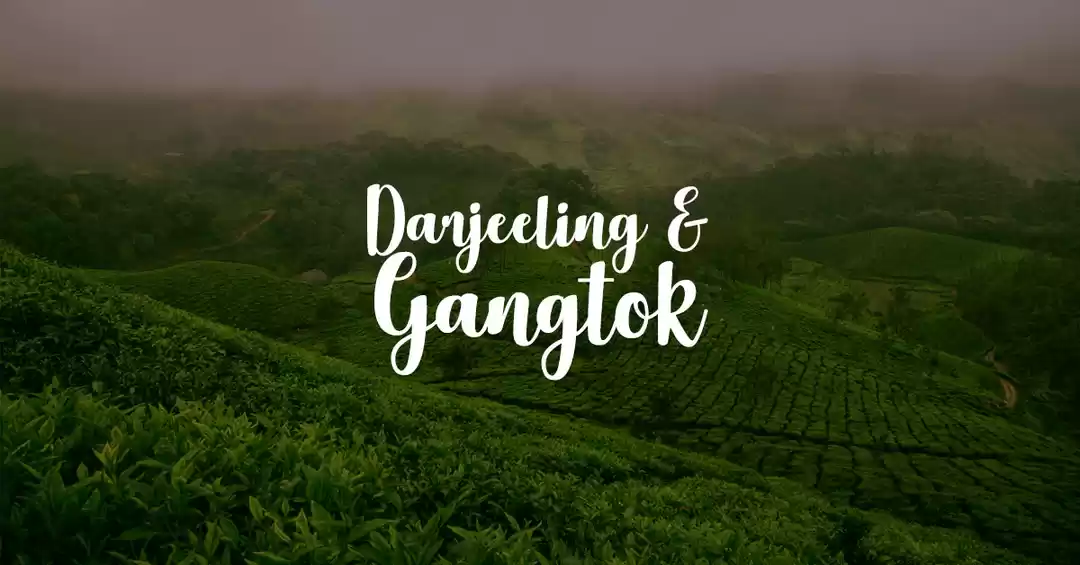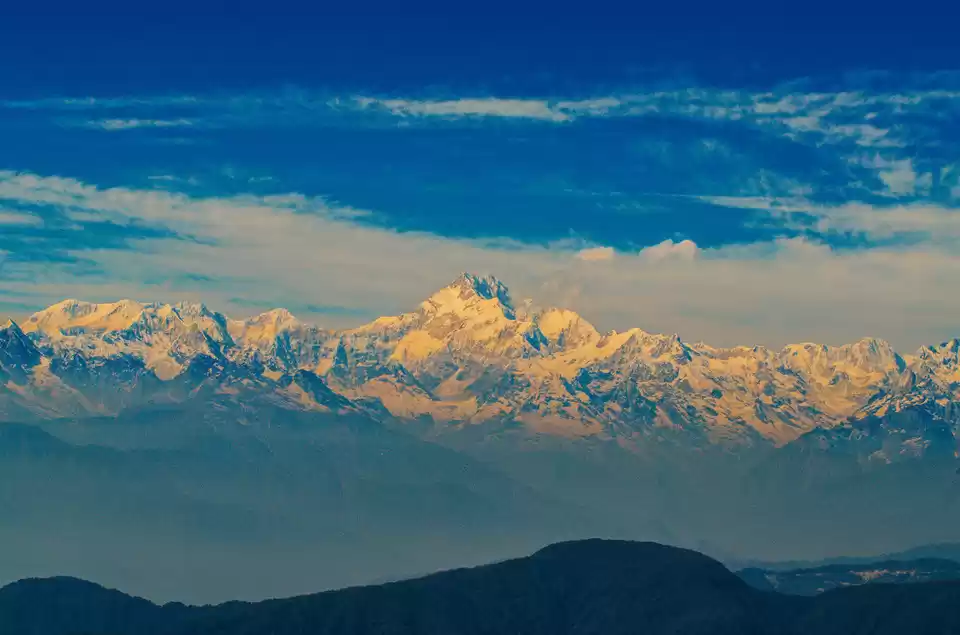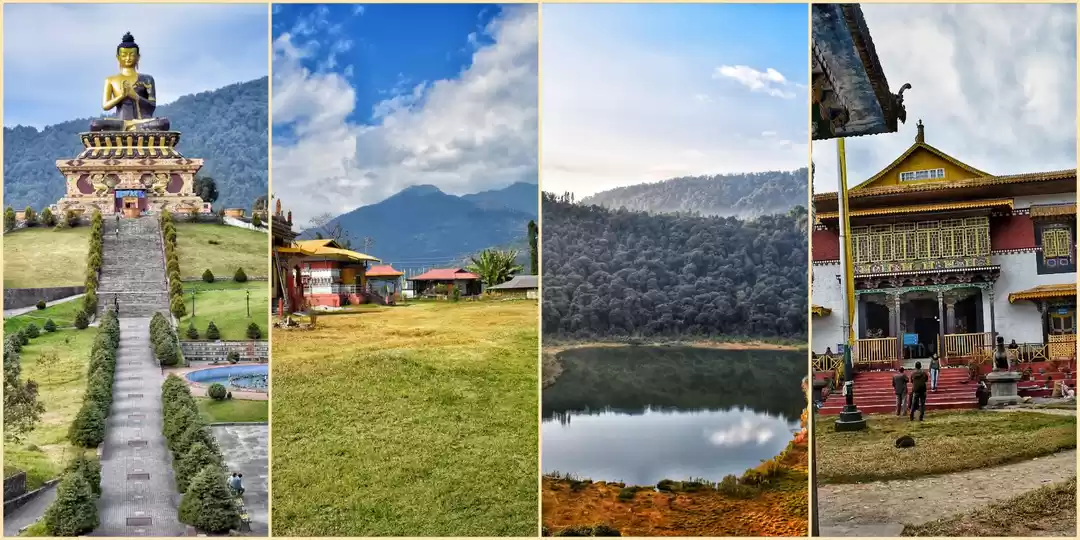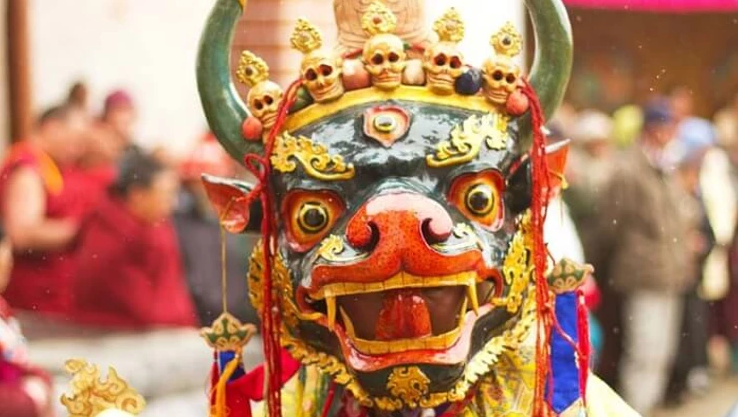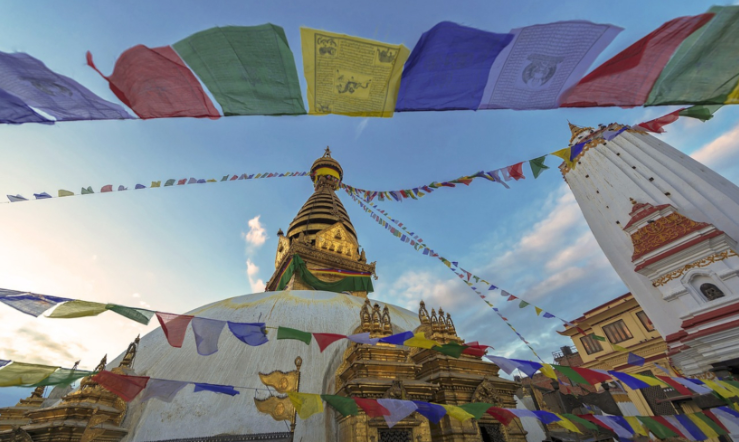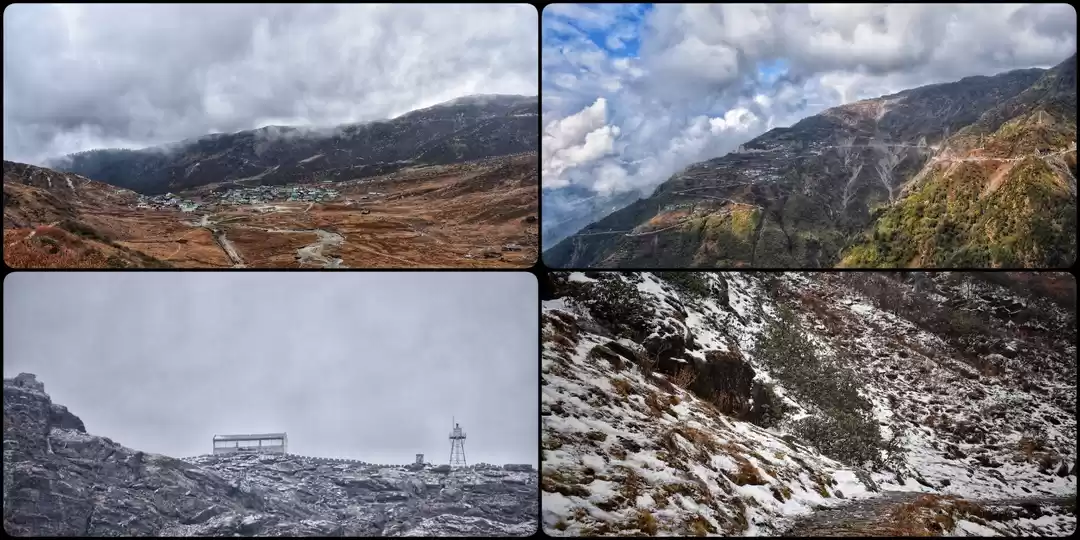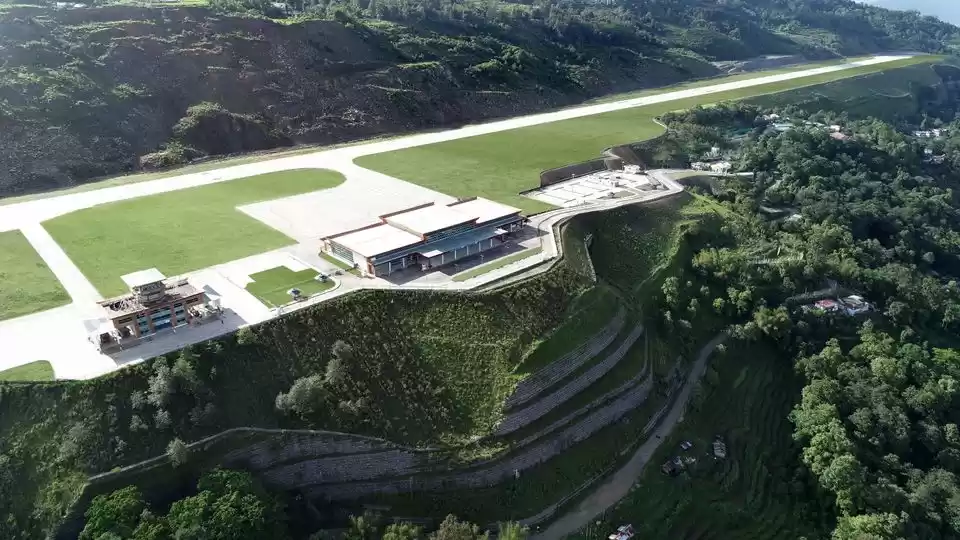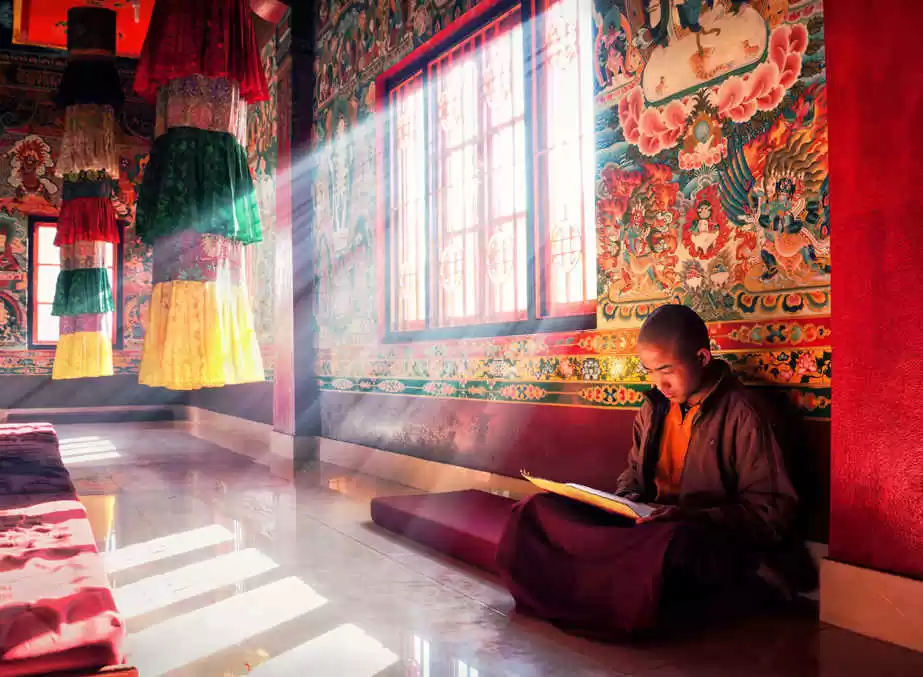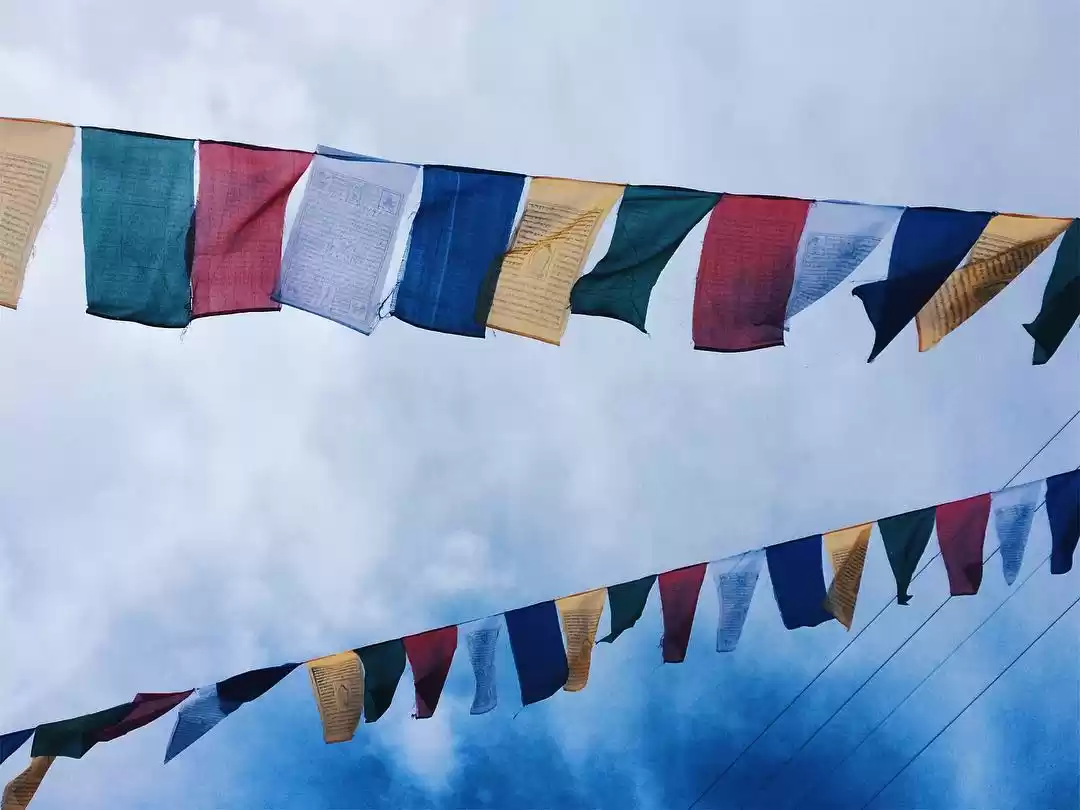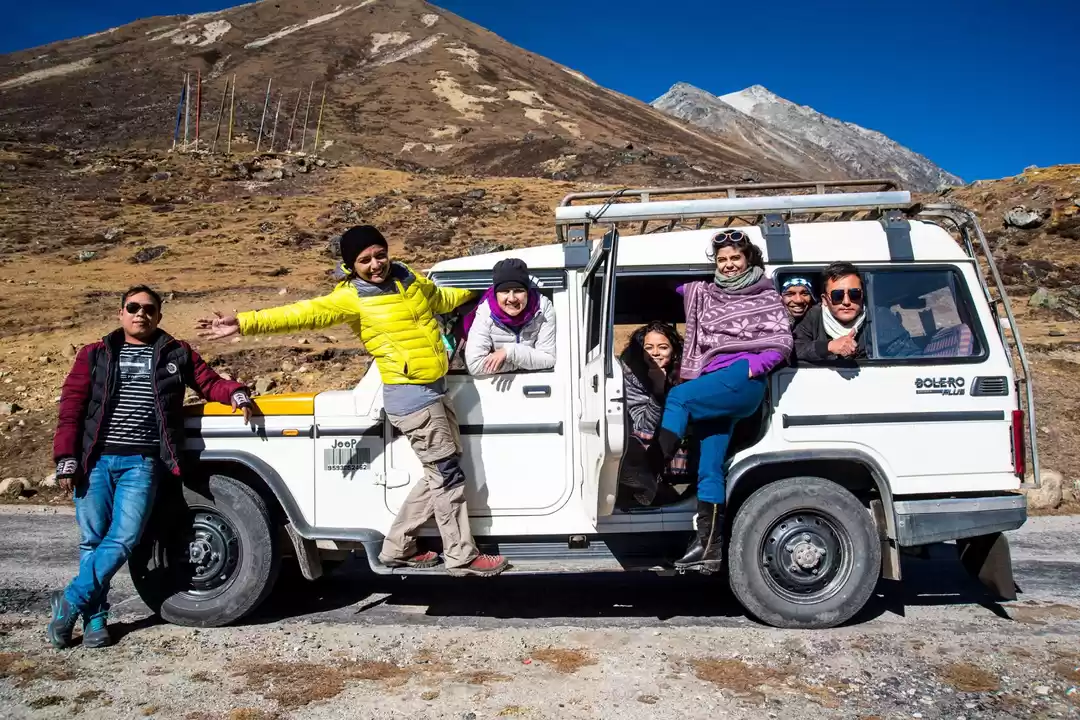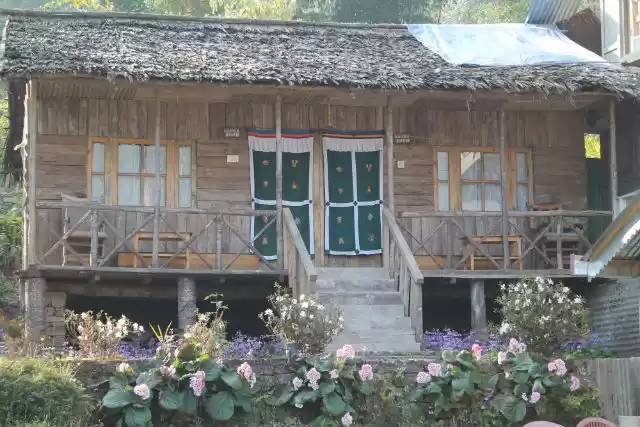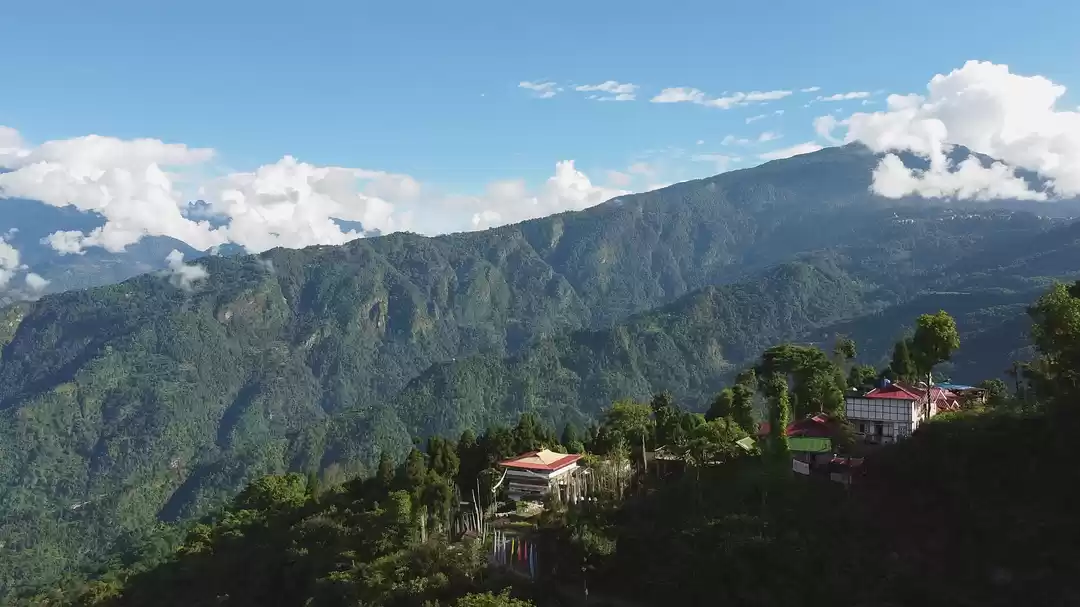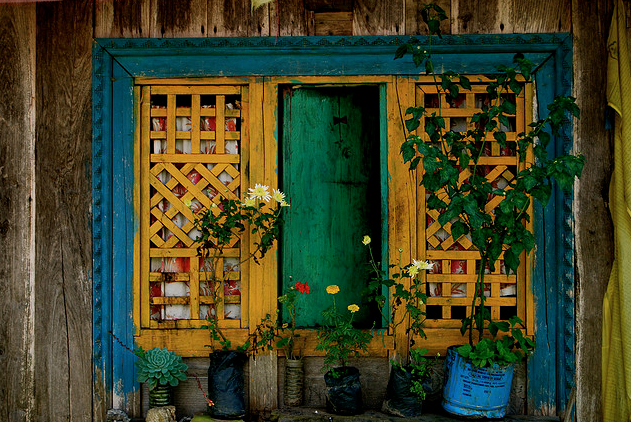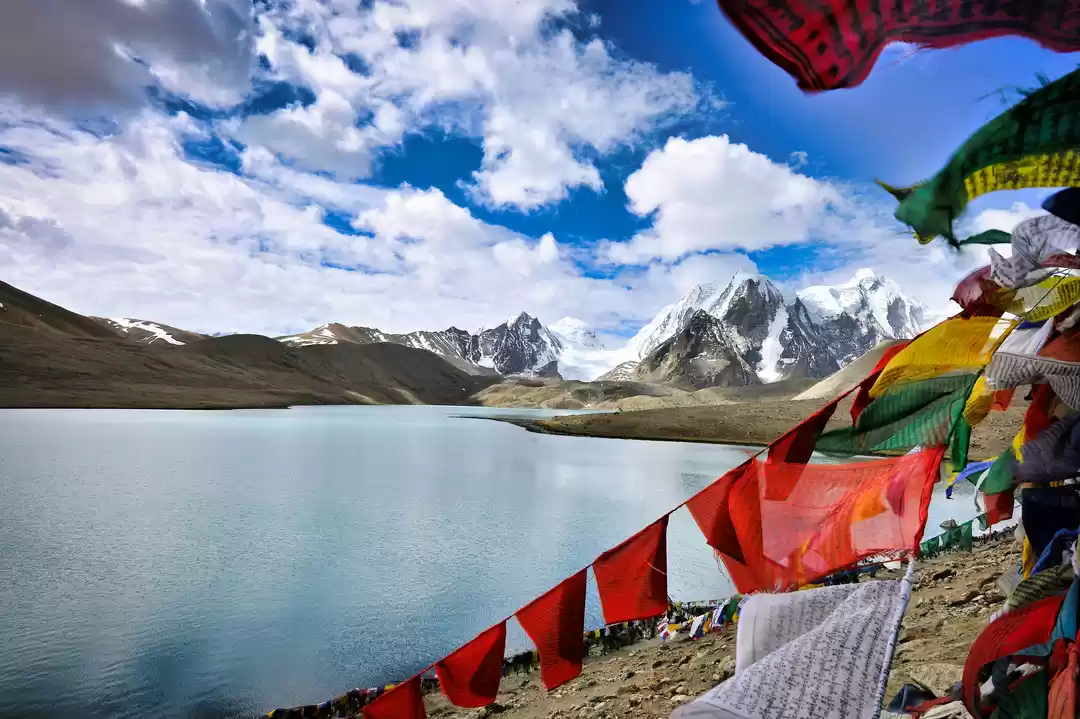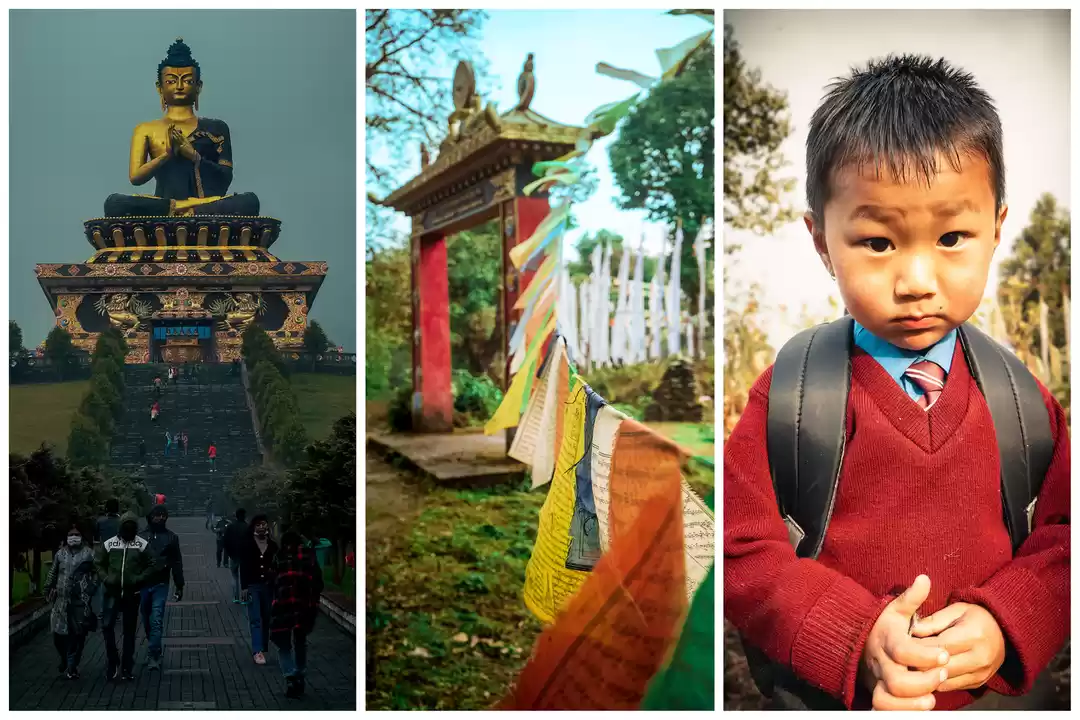This season, leave behind the company of the maddening tourists, and instead stay with the locals, eat what they eat, sing the songs they sing (or try to, anyway), learn of the fables & the folklore, and exchange stories over Sikkimese hot beers (tongba) and scenic sunsets as you venture out into the quaint mountain villages scattered across Sikkim.
At an elevation of 5,790ft, Darap Village, 8km away from Pelling, is predominantly inhabited by the Limboo community. The word Darap originates from a Limboo word 'Tan-lop' that translates to plain land. Darap is scattered with paddy fields and cardamom plantations.
Things to do: The lush green slopes of this charismatic west Sikkim village beckons you with an array of activities you can engage in, ranging from processing butter and cheese, gardening in the fields, or milking a cow or two. As you immerse yourself in the bucolic lifestyle of the people, go down to the Yuma Meditation Centre or make a visit to the 200-year-old Limboo traditional house. With tar coated ceilings (an aftermath of the constantly burning fire), and the solid mud floors, this ancient structure is an heirloom, passed on to generations of Nepali Limboo tribesmen.
Suggested stay:
Getting there: Darap is approximately 120km away from Gangtok. The nearest airport is in Bagdogra. The village can be reached by shared jeep or by reserved taxi from any major town of Sikkim.
Kewzing, in Bhutia dialect means the 'land of wheat fields' and is also known as the 'land of chestnut forests', or Sosing. At an altitude of 4600feet, it's perched on the Legship-Ravangla Highway in southern Sikkim, nearly 8km from Ravangla. This quiet Bhutia village, with mostly Buddhist inhabitants has a little over 30 houses, against the backdrop of the Mt Narsing and Mt Kabru. The village is enwrapped in a rich cardamom forest cover.
Things to do: Visit the numerous monasteries surrounding the village – Tashiding, Mangbrue, Pemayangtse, Rolang, Doling & Bon Monastery. You could also study the local flora and fauna, or go bird watching and try to spot a pheasant, a fire-tailed myzornis or a brown wood owl.
Suggested stay:
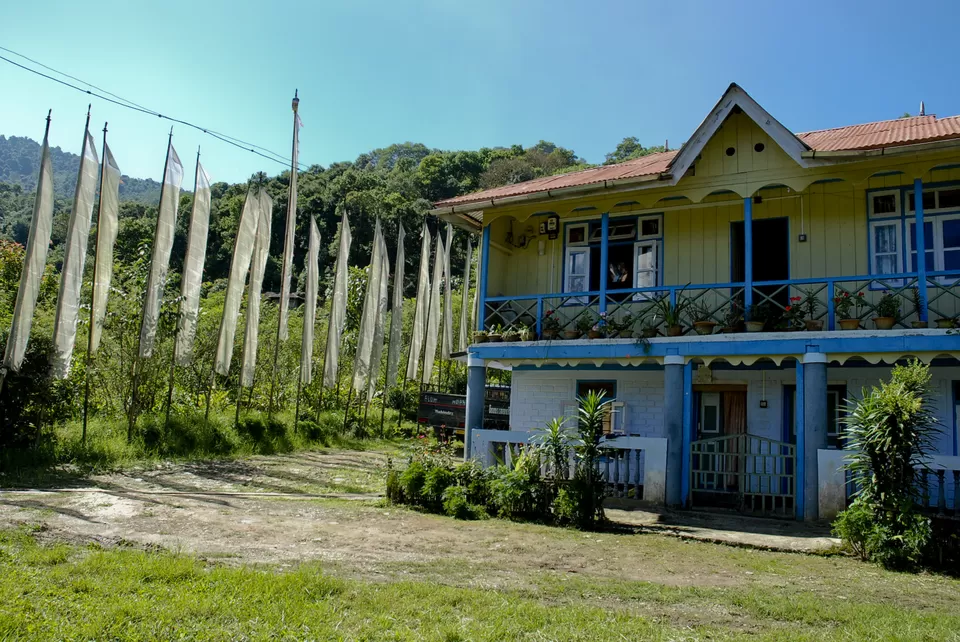
Getting there: Around 76km away from the main town of Gangtok, the nearest airport is in Bagdogra. The nearest railway station of NJP (New Jalpaiguri) is 160km away. To reach Kewzing, drive via Ravangla and Namchi to exit out of the Melli checkpost.
This historic village of northern Sikkim is flanked by stone monuments erected to epitomise the friendship achieved by the Lepcha & Bhutia chieftains, that till date exert great influence on the ethnic relationships of Sikkimese people.
One of the most important landmarks here, is the Kabi Lungtsok site, where the Treaty of Blood Brotherhood was signed between the Lepchas & the Bhutias. A dense forest cover surrounds this historical site on the North Sikkim Highway, near Phodong.
Things to do: Known for its birds, this village hosts the Pariah Kite, Crested Serpent eagle, Shaheen Falcon, Rufous-necked Hornbill, Chestnut-breasted Partridge, Black-breasted Parrotbill and the Grey-crowned Prinia.
Suggested stay:
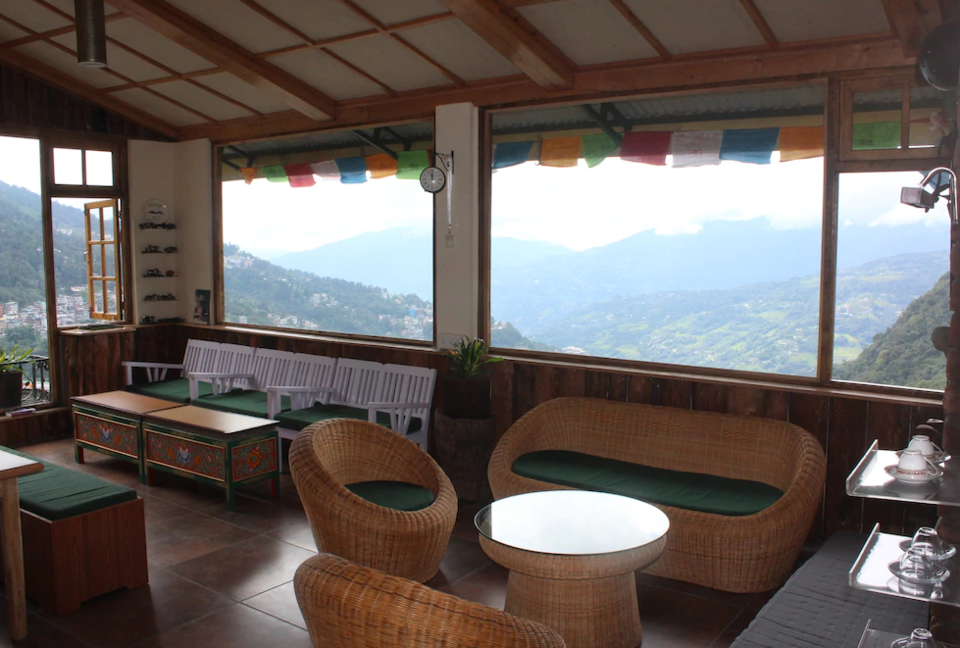
Getting there: The village is around 17km from Gangtok, on the North Sikkim Highway. Regular jeeps operate from Kabi to Gangtok, and it's a 40 minute drive.
Pastanga Village, East Sikkim
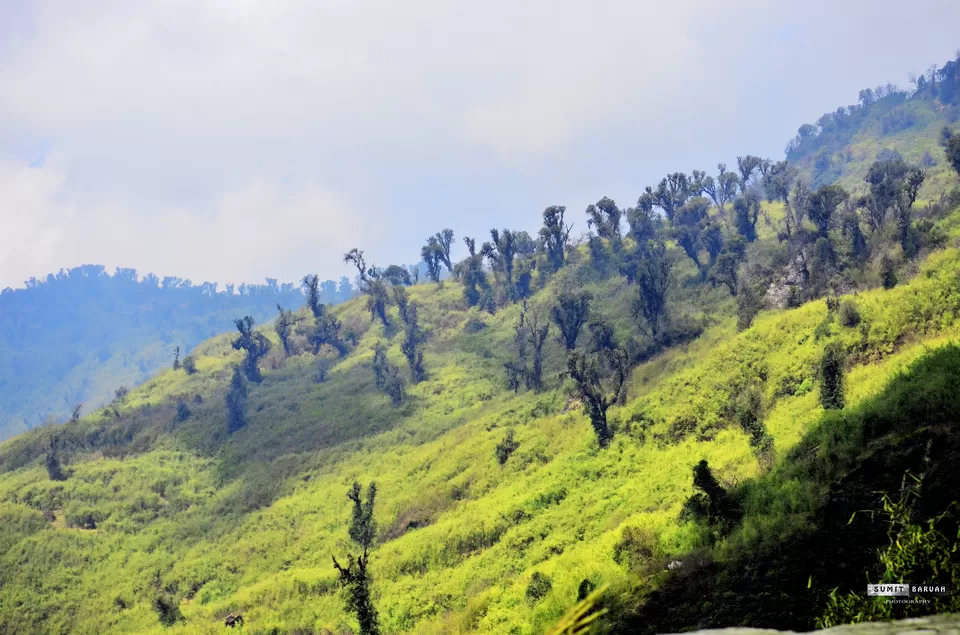
This quaint hamlet of East Sikkim, located at an elevation of 4,700ft is a haven for bird lovers. Varied species of butterflies can be seen here too, including the Blue Mormon and the Monarch butterflies. Encompassed by rolling hills and cascading streams cutting through the landscape, the village is also known for its cardamom cultivation.
Things to do: Visit the ancient Bhutai & Rai houses (ethnic Nepali communities). Take a stroll through the cardamom plantations to visit sacred waterfalls. For the adventure-seeking people, trek through bamboo forests to reach Khedi via the Malinggo Trail.
Suggested stay:
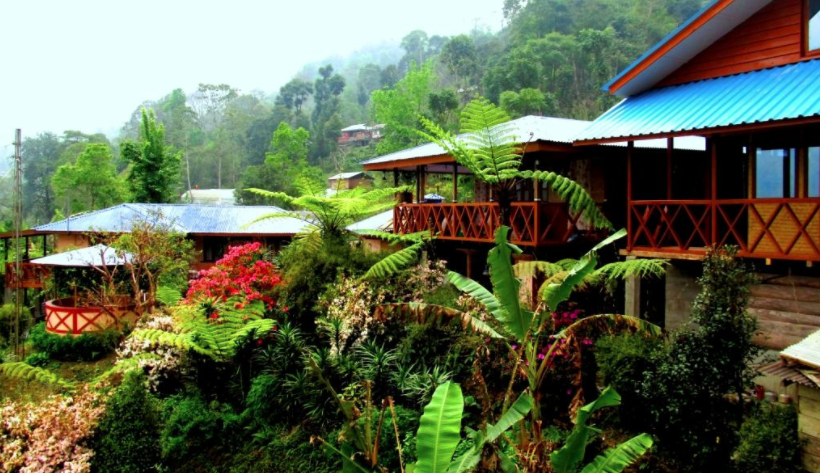
Getting there: Around 28km from Gangtok, it's approximately a two hour drive to Pastanga.
This charming riverside mountain village at an elevation of 8,610ft, is populated mostly by the Bhutias, (also known as the Lachungpas). Lachung is also known for its peaches, apricots and apple orchards.
Things to do: Yumthang Valley and Zero Point should definitely be on your agenda. Go to the Lachung Gompa that flaunts its vivid ancient statutes and wall murals. On the 28th and 29th day of the 10th Buddhist month (December), the monastery holds a religious dance. You can also visit the Carpet Weaving Centre to see the process behind weaving exquisite woollen carpets. Shingba Rhododendron Sanctuary known for its abundance of rhododendron trees and shrubs, is also open in the summers.
On the way to Lachung, halt at Chungthang to see the confluence of the rivers Lachung, Lachen chhus and the Teesta. Visit the Chungthang Monastery and take a trip to the sacred stone (Naydo), which has the footprints of Guru Padmasambhava.
Suggested stay:
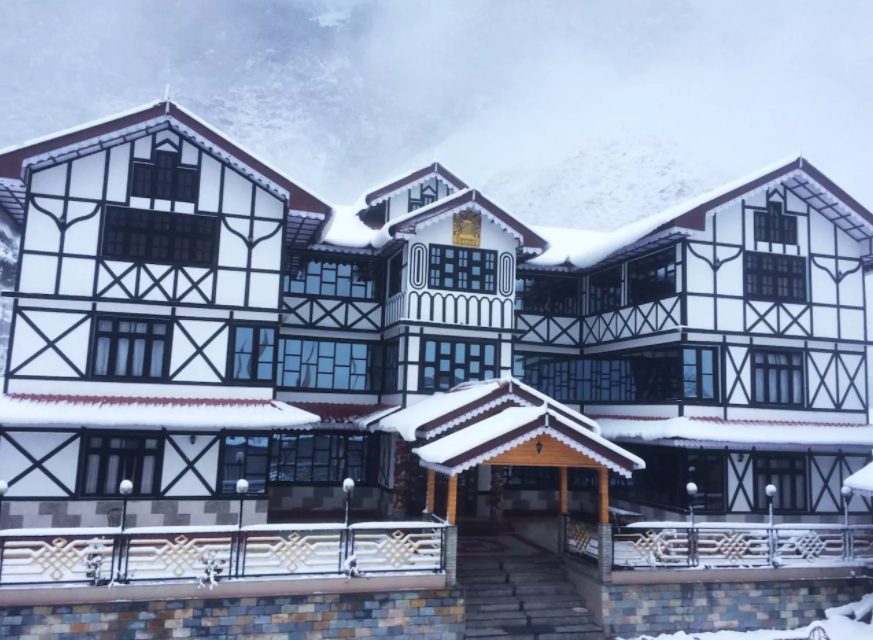
Getting there: A little over a 1ookm from Gangtok, it still takes about 6 hours by car to reach Lachung from Gangtok due to poor conditions of the road.
Do you know of other mountain villages hidden in Sikkim? Tell travellers on Tripoto about them here.
Frequent Searches Leading To This Page:-
best organic village in Sikkim, best organic villages in Sikkim,organic farming in sikkim,history of organic farming in sikkim,major town of Sikkim.


